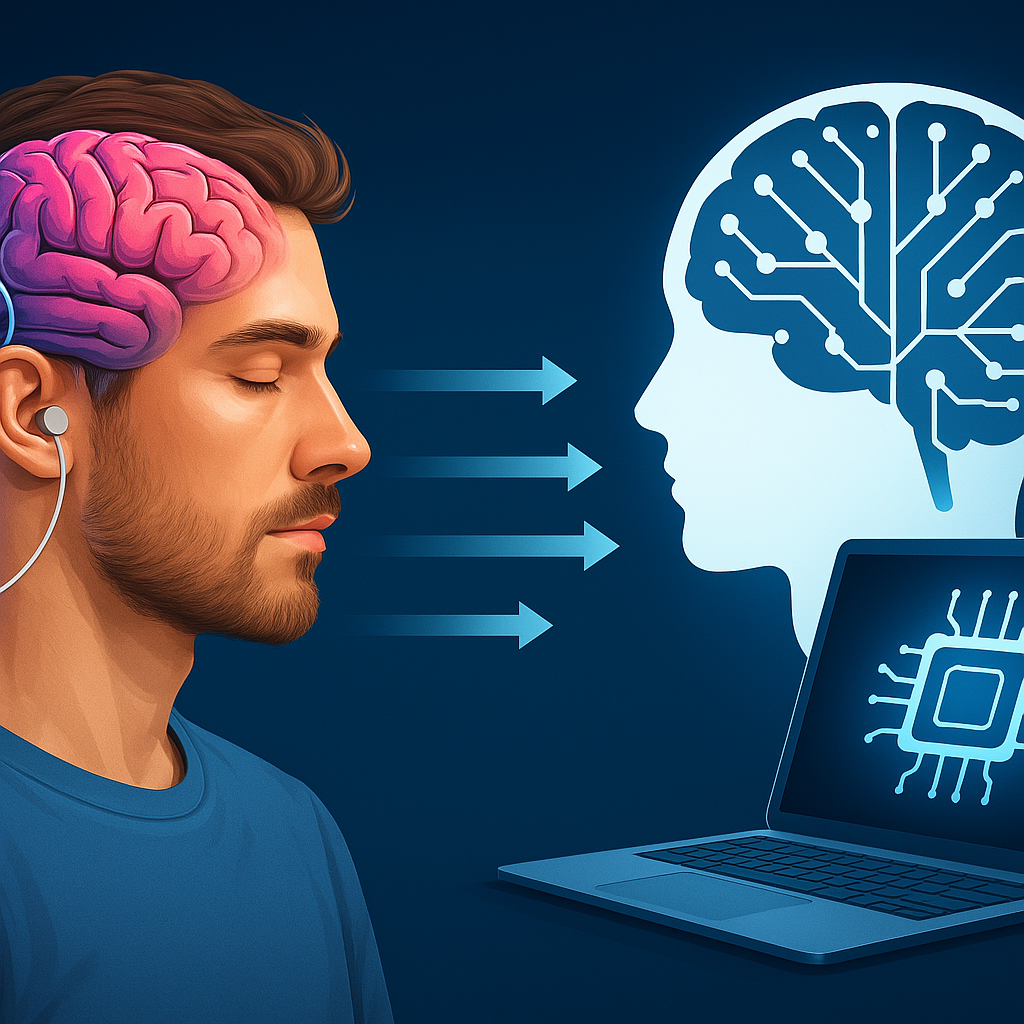In a notable development, Neuralink’s first human patient, Noland Arbaugh, shared that he experienced no side effects after one year with the brain implant. Arbaugh, who has quadriplegia, has provided insights into his experience with the device, noting how it has improved his life. His post on X jokingly mentioned his increased connectivity since receiving the implant, referring to his “insatiable desire for the female end of plugs,” adding a bit of humor to his otherwise serious report.
What’s Happening & Why This Matters
The Promise of Neuralink’s Brain Implant
Arbaugh’s report comes after a year of living with the Neuralink device implanted in his brain. This update is great news, as the device has not caused any physical or psychological side effects. For those who may not be familiar, Neuralink is a brain-computer interface that uses thread-like electrodes to interpret brain signals. These signals are translated into Bluetooth-based remote commands to operate electronic devices. For patients like Arbaugh, this breakthrough can be life-changing, offering an ability to interact with devices like computers and even control cursor movements remotely without using traditional input methods like a mouse or keyboard.
The team has worked diligently to refine the technology at the Neuralink implant site. Arbaugh’s report offers a glimpse of how it could change the lives of those with severe disabilities. As a person with quadriplegia, Arbaugh is now able to control a cursor on a computer screen, showing that the Neuralink device can provide individuals with disabilities greater independence.
Challenges in the Trial and Adjustments
Though Arbaugh has made significant progress, there have been challenges with the implant. Around 85% of the electrodes dislodged during the trial, but Neuralink adjusted the software to optimize the remaining electrodes’ functionality. This adjustment helped Arbaugh continue to use the device without any significant disruption. The team has also modified its procedures to ensure the device performs more reliably in the future. Despite these minor setbacks, Arbaugh is committed to providing constructive feedback to the team, contributing to further refinements in the technology.
Arbaugh’s experience speaks volumes about Neuralink’s potential. While he still faces some limitations with the implant, these technical hurdles are expected to be overcome with continuous software improvements and hardware adjustments.
More Neuralink Developments
Arbaugh’s progress is just one example of the promising future for Neuralink. The next stage for the technology includes developing the ability to control more complex tasks, such as operating a robotic arm or even using the implant to control a wheelchair. While these features are not yet fully functional, Arbaugh’s enthusiasm about these possibilities is palpable. He is optimistic about controlling his wheelchair with the implant but remains cautious about the risks. “Before using it to navigate traffic, I want to make sure the system is perfect,” he says, highlighting the importance of safety before any mass deployment.
As more individuals participate in the trial, the potential for Neuralink to expand its scope grows. These implants could eventually help hundreds or thousands of people, improving their quality of life and autonomy. Arbaugh’s testimony is one of the first success stories demonstrating the brain implant’s real-world potential.
Brain-Computer Interface Technology

The possibilities for Neuralink in the future are vast. As the company refines the technology and makes strides in its development, it could revolutionize how we treat physical disabilities. With more trials and successful patient outcomes, Neuralink is paving the way for a new era in medical treatments. As it continues to scale its operations and improve its product, the company is positioning itself as a leader in the emerging field of brain-computer interfaces.
TF Summary: What’s Next
Looking to the future, Neuralink is poised to continue innovating and scaling its operations. The success of its early trials with Neuralink patients, including Noland Arbaugh, shows the technology’s potential to help people with disabilities gain greater independence. As more patients participate in trials, we can expect more advancements in how these implants can improve quality of life, control devices, and assist in mobility.
The success of Neuralink’s brain implant technology will likely open doors to greater integration of brain-computer interfaces in other areas of health and wellness. The company’s continued collaboration with patients will help refine the system further, bringing it closer to widespread use. With these developments, the future of Neuralink looks promising, and it may just be the next big leap in medical technology.
— Text-to-Speech (TTS) provided by gspeech


